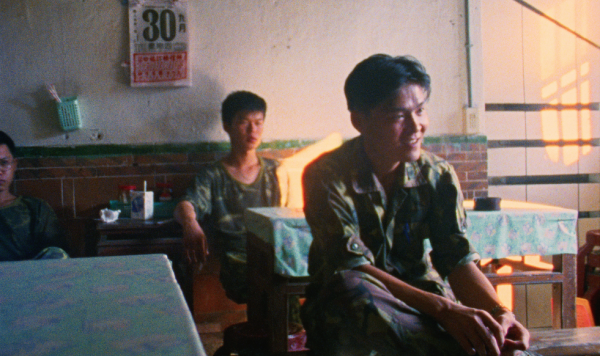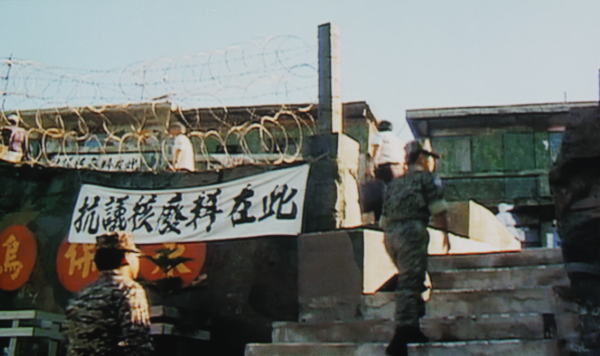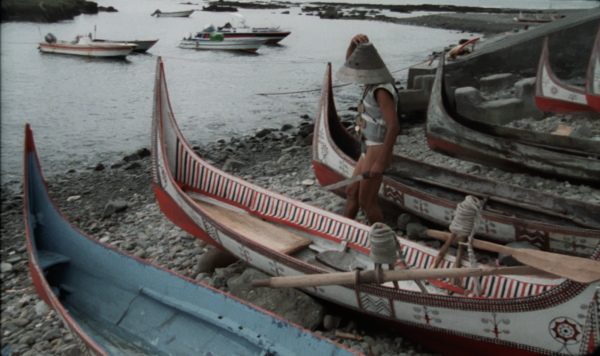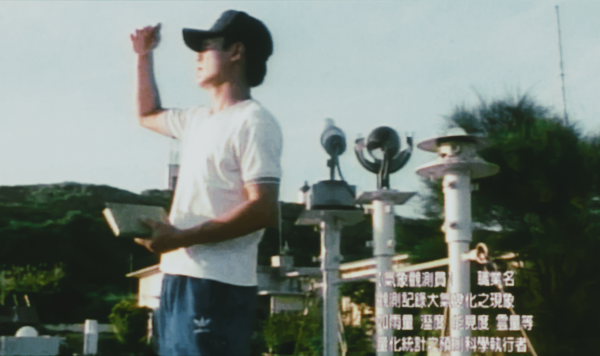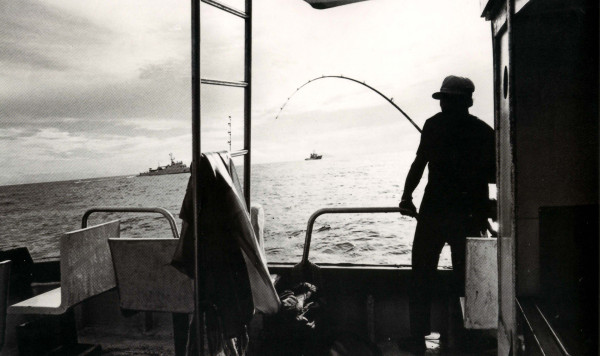當強勢社會逐漸建立,概念上與地理上的主從關係亦緩緩成形,然而誰是主體、誰又是邊緣,端看觀點與意識的立足點。「流離島影」系列係於1999年由「螢火蟲映像體」企劃,由12位不同世代導演,透過實驗性的手法,以「台灣周邊離島」為主體進行創作。本單元則藉由影視聽中心整飭與數位化這些膠卷作品,希冀透過回顧視角,重新思考幾十年來島嶼間面對「本島」與「離島」的想像。

Reel Taiwan: Floating Islands
As dominant culture in a society emerges, the hierarchical relationships, conceptually and geographically, also begin to take shape. However, what is at the centre and what is on the periphery? It often depends on one's perspective and standpoint. In 1999, the 'Firefly Image Company' organised an artistic project 'Floating Islands', which invited 12 directors from different generations to create experimental film works about the 12 islands surrounding Taiwan. This programme, consisting of works originally shot on film and now digitised by Taiwan Film and Audiovisual Institute, asks us to reconsider and reimagine the relationships between 'main island' and 'outlying islands' over the past decades.

